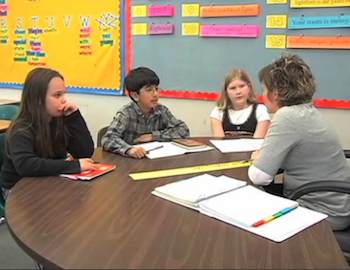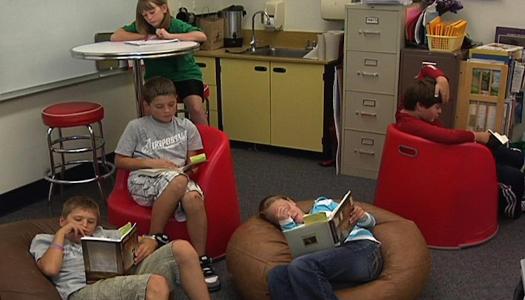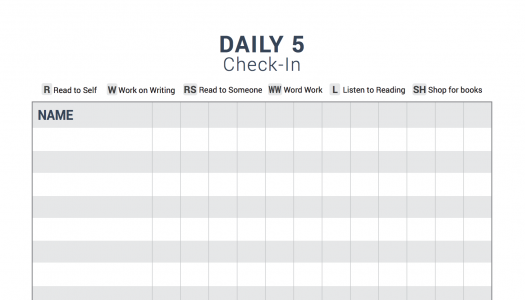Choice in Content and Format Increases Engagement
Join Our Community
Access this resource now. Get up to three resources every month for free.
Choose from thousands of articles, lessons, guides, videos, and printables.
 One of the great things about teaching is that those aha moments continue to happen. I had one during the last week of school with my fifth-grade reading intervention groups about choice of reading materials.
One of the great things about teaching is that those aha moments continue to happen. I had one during the last week of school with my fifth-grade reading intervention groups about choice of reading materials.
During the school year, I prided myself on allowing my small groups to choose a novel of interest, coming to consensus about their choice from a group of varied genres. We discussed vocabulary and comprehension strategies. We used several graphic organizers to help them with writing responses. At least twice a week, I was reading with students individually, checking on how they used strategies introduced to the group.
As May approaches in my state, everyone gets a bit crazy about preparing for our state academic testing, so we had to pause our work and go over tips and test-taking skills. I could see it in my students’ eyes: this is not really reading.
The tests came and went, and finally we could get back to enjoying reading. However, rather than getting back to our novels, I brought sets of fables and fairy tales in a reader’s theater format that we had in our reading room.
This was the aha moment: these kids had never been so excited about reading. They were reading in character—using fluency strategies automatically. They were helping each other with vocabulary and figuring out words. Smiles were evident everywhere. I dug out some more reader’s theater scripts—some fiction, some based on science and social studies concepts. The kids loved them all.
My takeaway was that we have to consider not only choice in content, but choice in format.
I am rethinking my reading material choices for next year. I’ll use a bit of my summertime to search for several choices of format, in addition to a variety of genres to support the reading strategies my students need.
- I can choose reader's theater scripts for discussing fluency, including reading as the author would and using punctuation. We can also discuss vocabulary word selection and the strategy of tuning in to interesting words.
- I have recently run across some good collections of short stories around a topic by various authors that would be great for discussing author's purpose, point of view, and text-to-text connections.
- Poetry selections can support several accuracy strategies, discussing author's purpose, text-to-text connections, and tuning in to interesting words, along with many other strategies.
- Picture books and novels will continue to help us work on main idea, summarizing, cause and effect, and more.
I truly feel that by mixing up the format of texts, I will be better able to cement strategies, showing how they apply to all kinds of texts.







